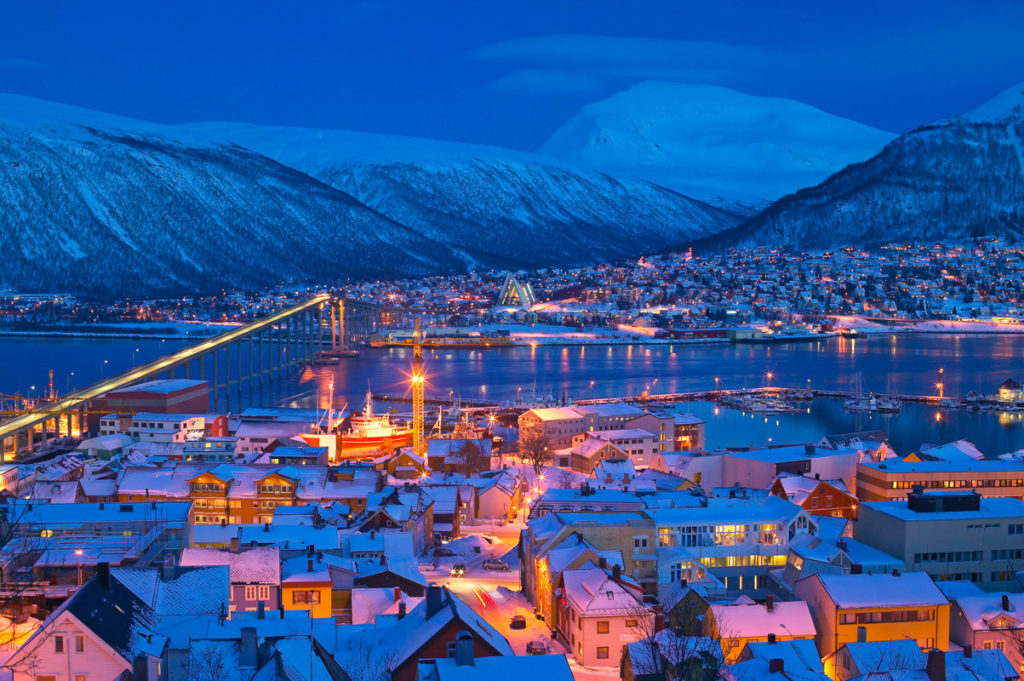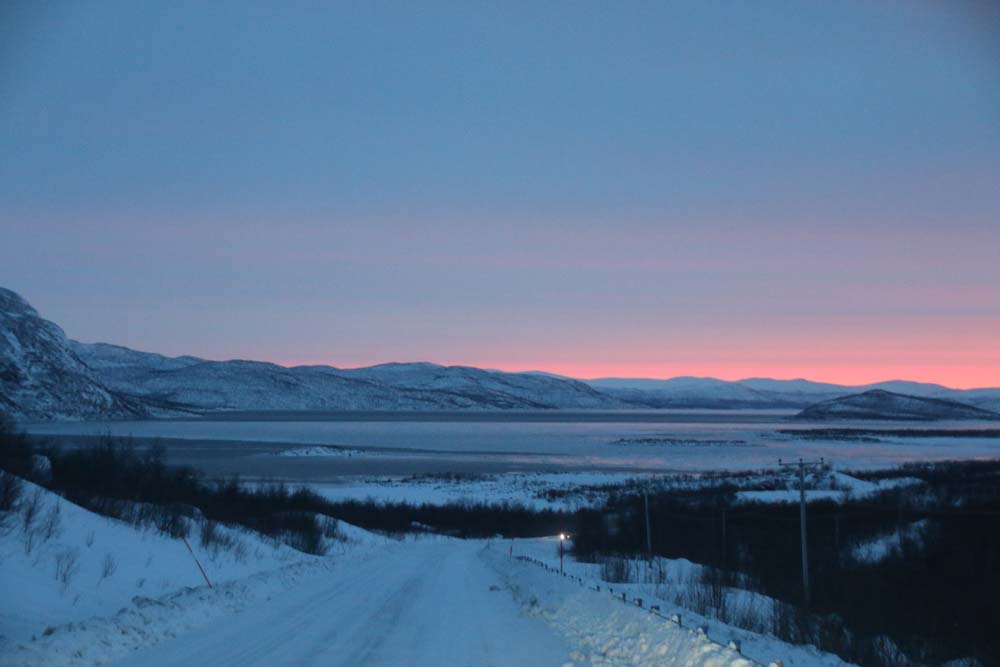Polar Night is the opposite of midnight sun when the Sun’s disc is not visible above the horizon. The phenomenon happens within the polar circles only.
Likewise, the opposite of polar night is the midnight sun or also called a polar day.
Polar nights particularly occur in the polar region during winter, for instance during September to March in the Northern Hemisphere, and March to September in the Southern Hemisphere.
As polar region gradually tilts away from the Sun during winter, areas that are on the Earth’s day side do not receive sunlight as the Sun remains below the horizon.

Where are Polar Nights seen?
Polar nights are especially seen in several populated areas of the Northern Hemisphere. Even though Norway boasts itself as the Land of the Midnight Sun, Polar Nights can also be seen in parts of Canada, Alaska, Greenland, Russia, Finland and Sweden.
Likewise, Antarctica is the only landmass in the Southern Hemisphere to have polar nights.
Polar Nigh begins around the Equinox
At the North Pole, the polar night usually begins as the Sun sets around the Autumnal Equinox in September. This lasts for around 6 months until the Sun rises around the Spring Equinox in March when six months of Polar Day begin.
As the Sun dips below the horizon at the North Pole after September Equinox, the region experiencing Polar Night grows southwards until it encompasses almost all of the Arctic Circle around December Solstice.









Comment